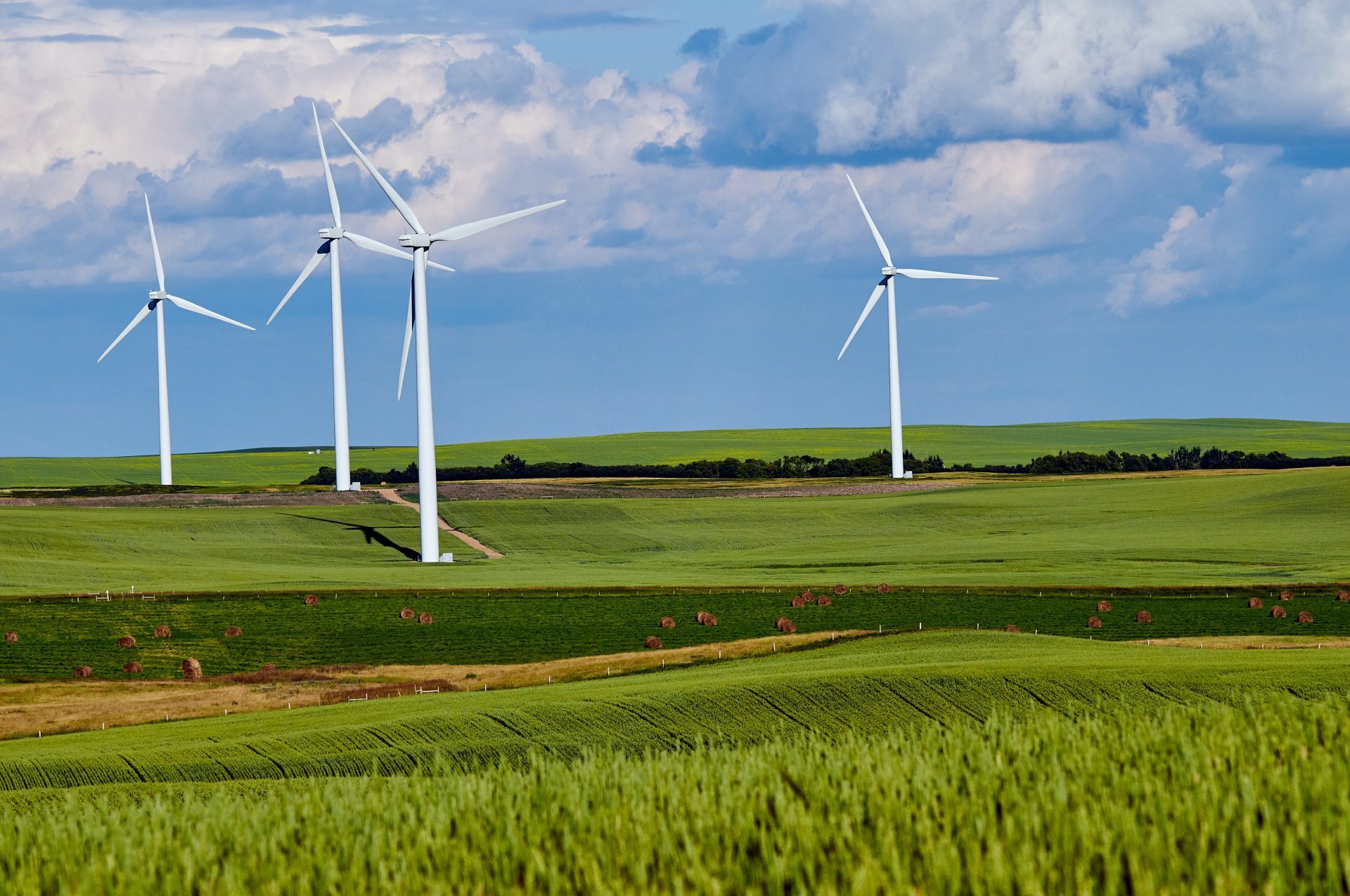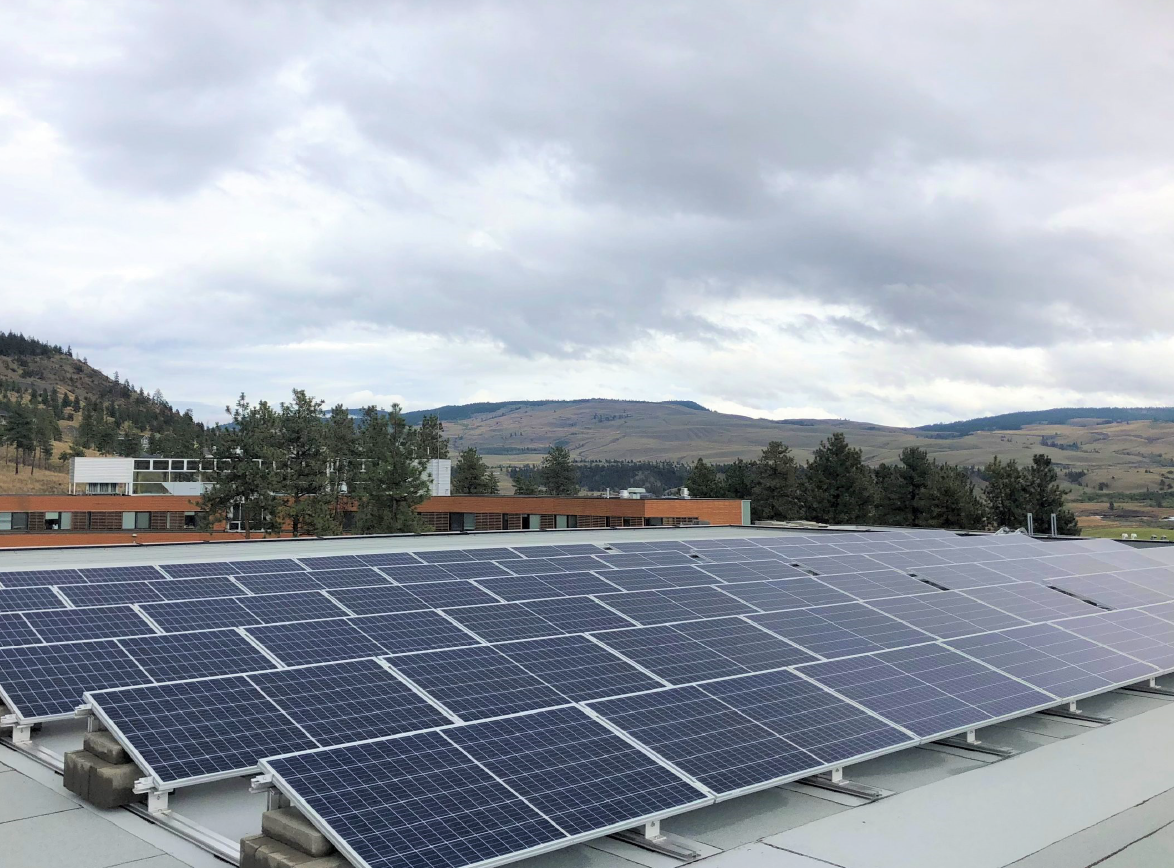Renewable power is an ever-growing innovation with the goal to bring down costs and deliver on the promise of a “clean energy future”. In Canada, this delivery of a clean future is broken into two main low carbon electricity generating energy sources: wind and solar, which are replacing “dirty” fossil fuels. While it’s increasingly important we transition into renewable energy, it is important to carefully consider a full range of merits and drawbacks associated with all forms of renewable energy, whether emissions associated with biomass energy systems, loss of wildlife habitat associated with large hydroelectric dams, or wildlife risks associated with wind generating installations.
What is Renewable Energy?
Simply put, renewable energy, also known as clean energy, is derived from natural processes that are replenished at a rate that is equal to or faster than the rate at which they are consumed.
There are various forms of renewable energy, including wind, solar, biomass, geothermal, hydropower, ocean resources, solid biomass, and liquid biofuels. Each type of renewable energy contributes in a different way, and each technology can be integrated in a way that is often combined with other technologies to leverage the merits of each technology while managing their shortfalls to achieve improved performance and resiliency.

These emerging technology applications harness the power of nature for transportation, heating, lighting and so much more. It has developed due to the growing demand for less costly and more reliable energy alternatives to dirtier energy sources such as coal and fracked gas. Through innovation, the expansion of renewables has accelerated, and communities of all sizes are adopting clean energy. Renewable energy continues to grow, from rooftop solar panels to giant offshore wind farms, and countries are adapting to become more secure, safe, and better integrated each day.
Solar Energy
Our journey with solar energy has been ongoing for years as humans have been harnessing that energy to grow crops, stay warm and dry foods – although our process has changed. Today we heat homes, power devices and warm our water. Even more interesting, according to the National Renewable Energy Laboratory, “more energy from the sun falls on the earth in one hour than is used by everyone in the world in one year”, illustrating the scale of opportunity for solar as a renewable resource.

Solar power is the conversion of energy from sunlight into electricity. “Solar photovoltaics (PV) are rapidly becoming an economical, renewable technology to harness renewable energy from the sun” (Government of Canada, 2020). Distributed solar energy generates energy for homes and local businesses, either through rooftop panels or community projects that can power an entire neighborhood.
Solar energy does not produce greenhouse gases or air pollutants. Additionally, solar panels result in minimal environmental impacts beyond that of the manufacturing process.
Case Study: Nicola Valley Institute of Technology, Merritt, B.C
In 2018, the team at Falcon Engineering designed and supervised the installation of solar photovoltaic arrays to maximize energy production.
The gymnasium roof had a production array while, on the classroom block roof, an array was installed with 4 rows of panels: 3 rows at different tilt angles, and the fourth that had the ability to rotate its orientation (azimuth). Each row is separately metered and with power optimizers on each panel, so students can monitor in real-time the effects each installation has on the production of energy.
Since its installation in July 2018, the system has generated over 82 MWh of energy and has saved more than 32 tons in CO2 emissions – which is an incredible result!

Explore more of our previous projects, including our renewable energy projects here.
Conclusion
Falcon is a leader in the development and innovation of green, energy-efficient building systems. The team at Falcon provides electrical solutions for renewable energy, security systems, lighting design, and medium-voltage power. Led by our Principals Bruce Candline, Kent Galloway, Loïc Letailleur and Dan Le Blanc, our electrical engineering practice is the largest within the BC Interior.
If you have questions about our experience or the work we do with renewable energy sources, get in contact by using our contact page.
Want to learn more about energy engineering? Check out some of our other blogs!